Germany's Helsing unveils 'Europa' combat drone
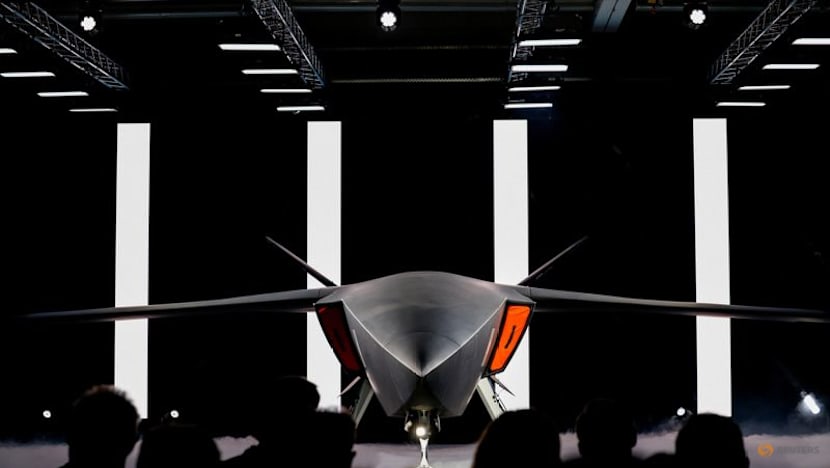
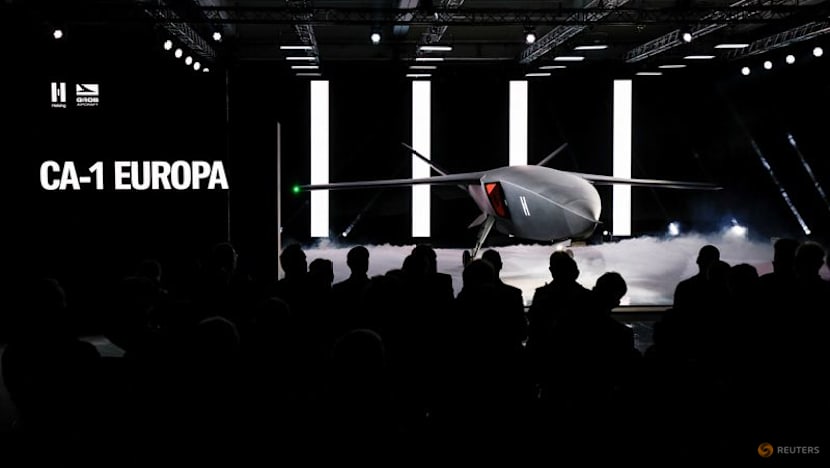
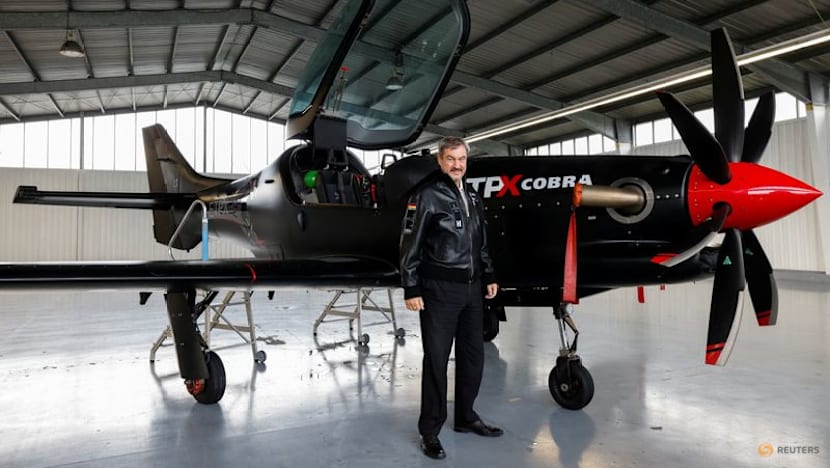
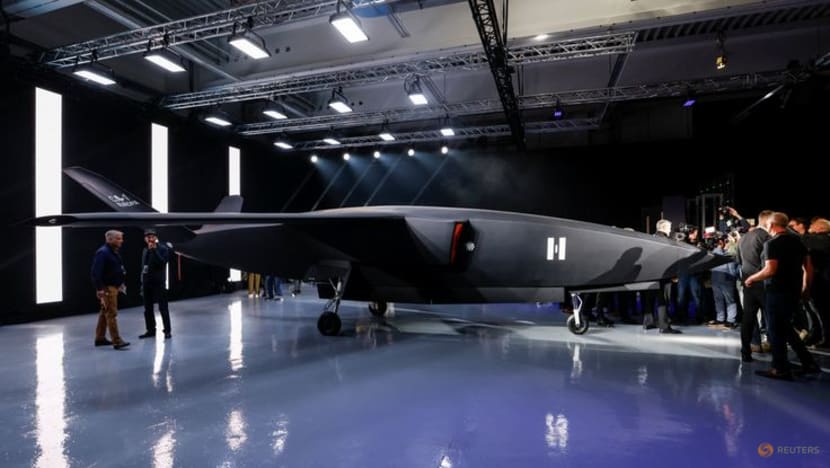
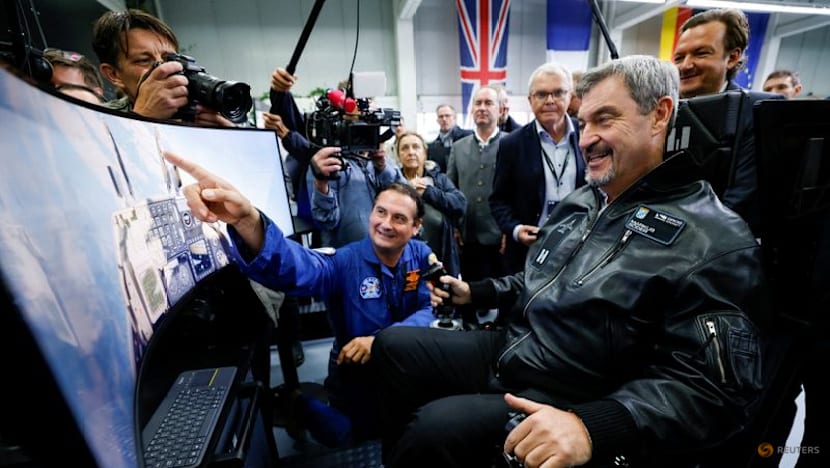
TUSSENHAUSEN, Germany :German defence startup Helsing unveiled a new autonomous combat drone on Thursday, joining a race to build remote-piloted systems that can swarm into battle with fellow robots or team up with crewed fighters to help reshape the future of warfare.
Unveiling a full-size model of the angular, V-tailed drone at a factory outside Munich, Helsing said the "CA-1 Europa" would stage a first flight in 2027 and become available for military use within the next four years.
Helsing is the latest tech firm to make a pitch to become a primary manufacturer of weapons in competition with heavyweight arms companies, reflecting the increasing role of AI on the battlefield and pressing demands for agility and mass.
The CA-1 Europa joins a list of Unmanned Combat Aerial Vehicles that are cheaper and more dispensable than fighter jets as air forces face harshly contested environments.
EUROPE'S LARGEST DEFENCE START-UP
"AI changes everything in many areas of life, but also in defence. And the key thing that it enables is autonomy," co-founder Gundbert Scherf told Reuters.
Helsing said the AI-powered drone would operate alone, in throngs of other uncrewed vehicles or at the direction of fighter jets in a so-called "wingman" formation.
Last year, the U.S. Air Force selected startup Anduril and Reaper-drone manufacturer General Atomics to develop the first fleet of "Collaborative Combat Aircraft" (CCA), which can perform missions such as jamming or act as decoys.
In June, Airbus presented its own concept for a drone designed to fly alongside jets like the Eurofighter Typhoon.
Helsing said it would invest hundreds of millions of euros in co-operation with unspecified European companies.
It declined to say what weapons it would be able to carry or how much the all-European drone would cost, other than saying it would be a "fraction" of the cost of an ordinary fighter jet.
The design was revealed in the hangars of light aircraft maker Grob, which Helsing bought in June.
Grob makes propeller-powered, lightweight military trainers used by about 14 nations, which are roughly the same size as the current wave of "wingman" designs: three to five tonnes.
While touting their agility compared with traditional rivals, AI firms have faced some doubts that they can quickly and cheaply master aircraft processes or scale up production.
One way to do it was to buy an aircraft manufacturer with experience and possibly innovative approaches, said Douglas Barrie, senior fellow for military aerospace at IISS.
"That said, there is a big leap from what Grob does to a full-blown CCA."
Founded in 2021 and backed by Spotify CEO Daniel Ek, Helsing started by making AI software for defence firms but moved to designing drones after Russia's invasion of Ukraine.
Since then it has raised over $1 billion from investors including Saab to become the largest European defence startup with a valuation of $12 billion, according to Dealroom.
However, analysts say it has yet to demonstrate significant deployments in the field. It has supplied 2,000 HF-1 drones out of 4,000 ordered for Ukraine, based partly on local hardware.
In February, Helsing said it had started producing 6,000 in-house HX-2 strike drones for Ukraine. Asked how many had been delivered, Scherf said the HX-2 was being tested and would be introduced "in the very future".













